How to Draw 101
Learn the Fundamentals of Drawing!
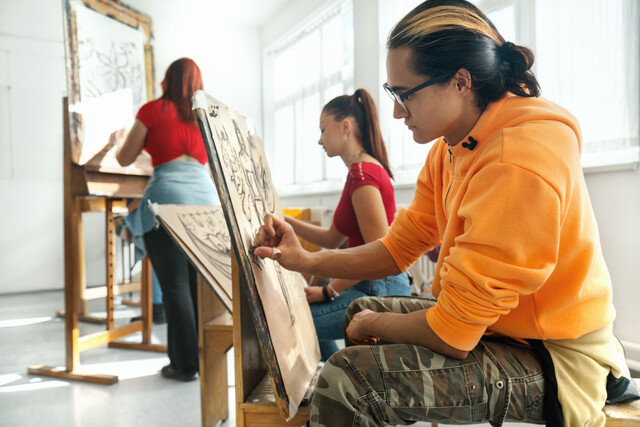
13 Hours average completion time
1.3 CEUs
15 Lessons
30 Exams & Assignments
3693 Discussions
30 Videos
17 Reference Files
160 Articles
Mobile Friendly
Last Updated December 2025
Imagine being able to capture the world around you, taking the fleeting moments and turning them into art--pieces that not only reflect what you see but how you feel. Whether you've never picked up a pencil or you've been doodling on the edges of notebooks for years, this course is your gateway to transforming your sketches into creations that resonate, express, and captivate.
This isn't just another art class. It's a journey--a guided experience where you'll uncover the secrets of drawing with clarity and confidence. You won't just learn techniques; you'll unlock the ability to translate what's in your mind onto paper with grace and precision. You'll develop an artist's eye, learning to see beyond the obvious and observe the subtle nuances that bring drawings to life.
But it's more than just a skill set. You're joining a community of like-minded creators, all on a shared journey of exploration. You're entering a space that encourages curiosity, celebrates progress, and never judges your starting point. It's a place to discover the joy of creation and to push beyond the limits of what you thought you could do.
This course is about more than drawing people, places, or things. It's about creating confidence in your ability to express ideas, emotions, and stories visually. Imagine the satisfaction of looking at your finished piece and seeing not just an image but a reflection of your growth, your attention to detail, and your voice as an artist. This course was crafted with that exact vision in mind--to give you the tools and insights to not just draw but to draw with purpose and passion.
What sets this course apart isn't just the content--it's the approach. You'll be gently guided through each step, gaining insights that go beyond traditional instruction. This is about tapping into your potential and encouraging your creativity to flourish. You'll learn from professionals who not only teach you to draw but help you see drawing as a language--a powerful way to communicate without words.
This isn't about racing to the finish line or achieving perfection from day one. It's about growth, exploration, and learning how to enjoy the process. By the time you finish, you won't just have a collection of sketches; you'll have a new way of seeing and capturing the world around you. You'll have the confidence to create on your own terms, knowing you've been given the keys to unlock your potential.
If you're ready to not just learn, but to transform your creative journey, this course is where you need to start. Don't miss the opportunity to gain the skills and confidence that will stay with you for a lifetime. It's not just a course--it's the first chapter of your artistic story. Are you ready to begin?
- Confidently using artistic tools
- Structuring compelling compositions
- Capturing depth and perspective
- Understanding light and shadow
- Observing artistic details
- Expressing narratives visually
- Drawing with precision
- Conveying emotions through art
- Creating realistic textures
- Mastering shading techniques
- Developing personal artistic style
-

Auras: Viewing, Identifying, and Understanding
-

Creating a Positive Work Environment
-
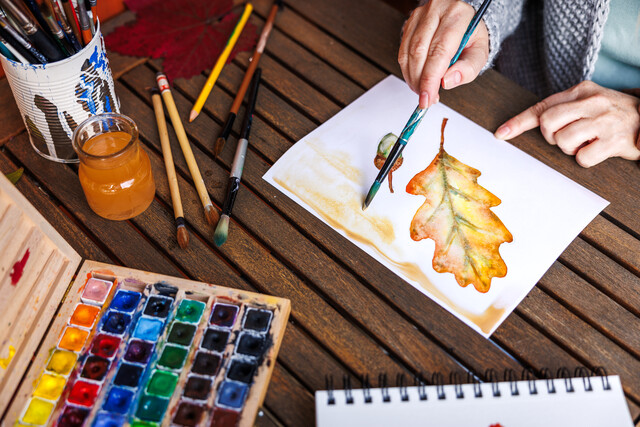
Watercolor Painting
-

Retail Mastery: Crafting a Business That Stands Out
-

HR Compensation and Benefits
-

Goal Setting for Business
-
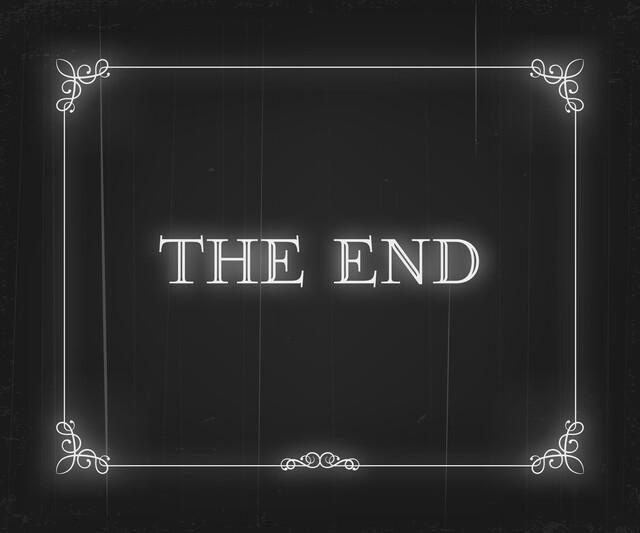
Film Appreciation
-

Disaster Preparedness 101
-

Understanding Addictions
-

American Civil War
-

How to Write Case Studies
-

Effective Communication Skills
-
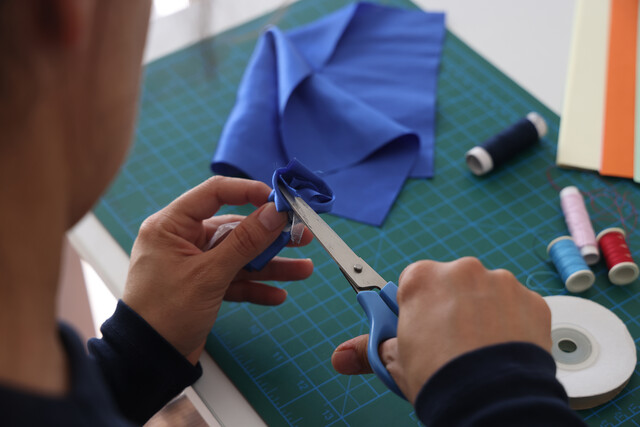
Sewing
-

Advanced Aromatherapy: Nature's Elixirs and Recipes
-

How to Start a Craft Business
-

Candle Making
-
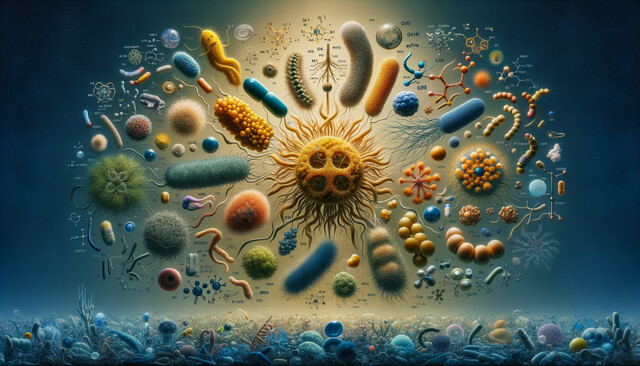
Introduction to Microbiology
-

Feng Shui 101
-

Life on Your Terms: Awaken Your Inner Coach
-

ICD-10: Medical Coding
-

Aquariums for Fish
-

Geography 101
-
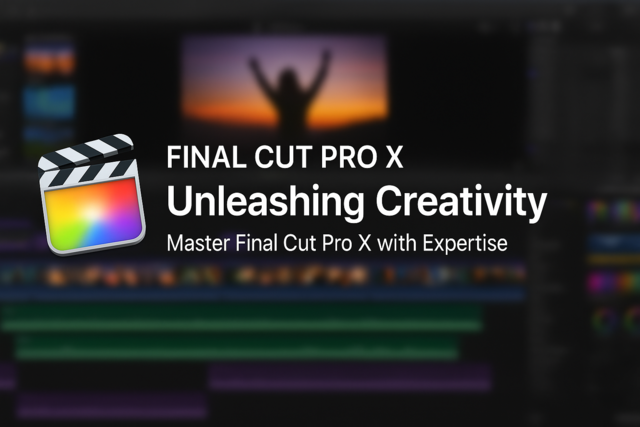
Final Cut Pro X
-

Introduction to Gardening
-

Introduction to Abnormal Psychology